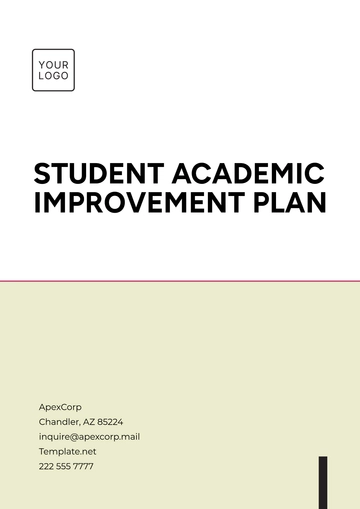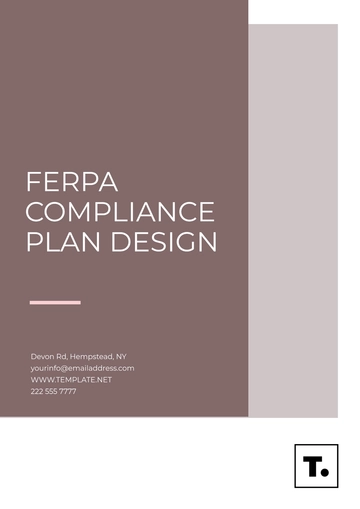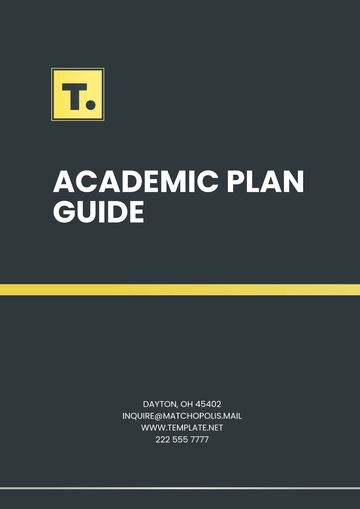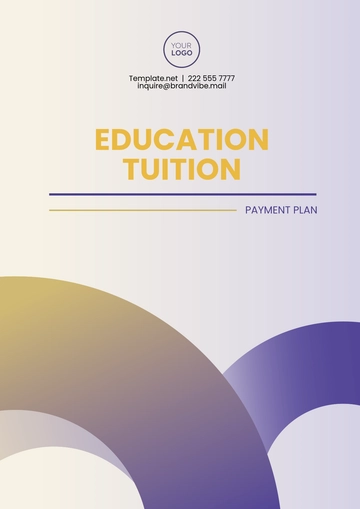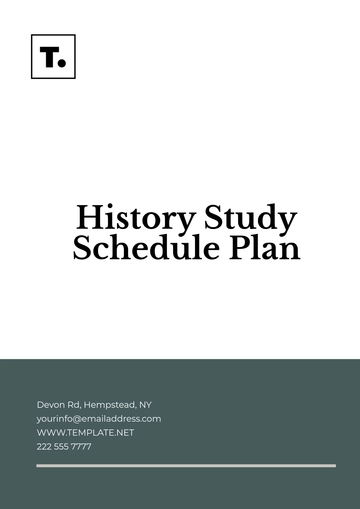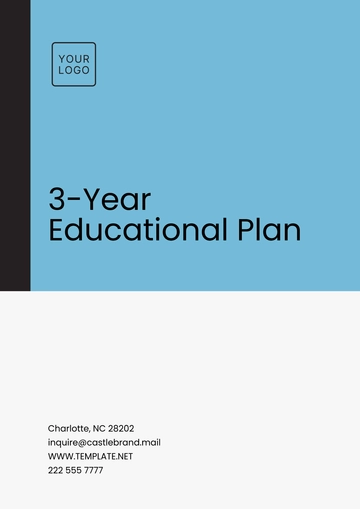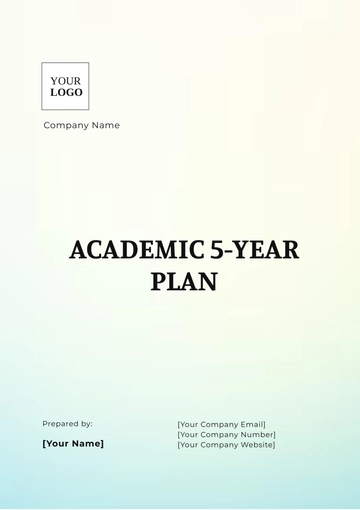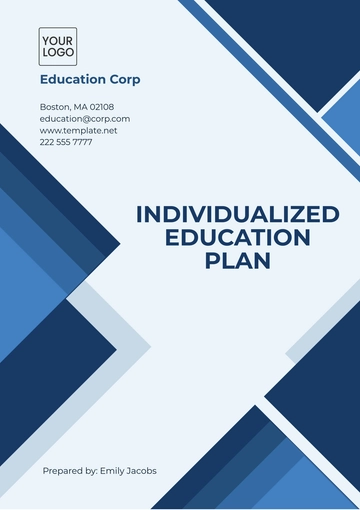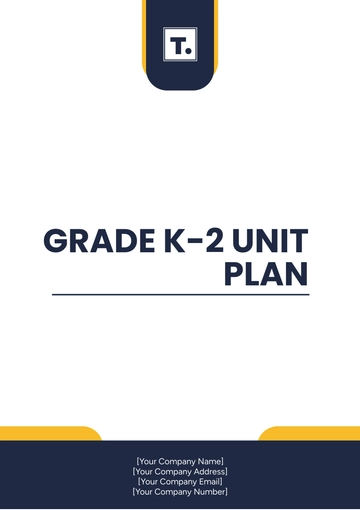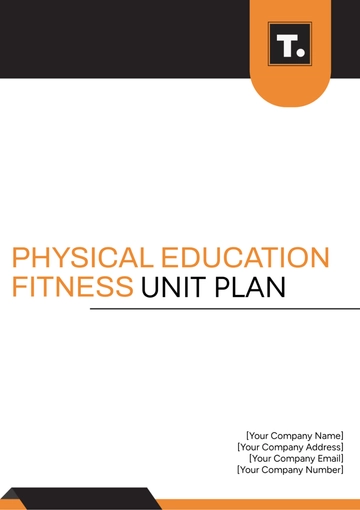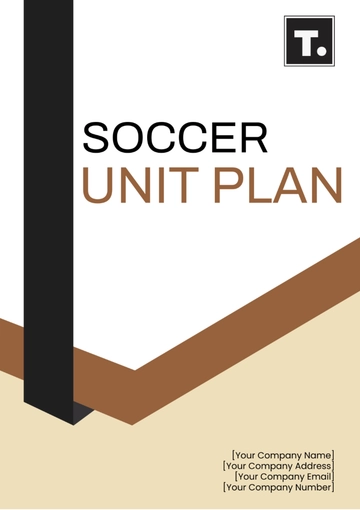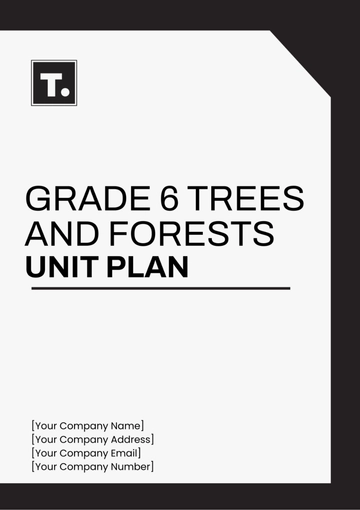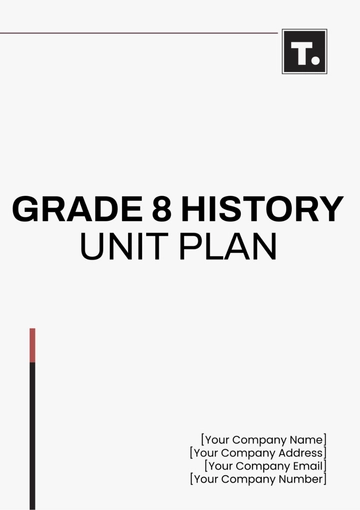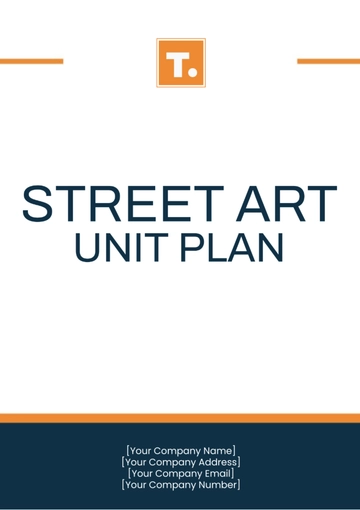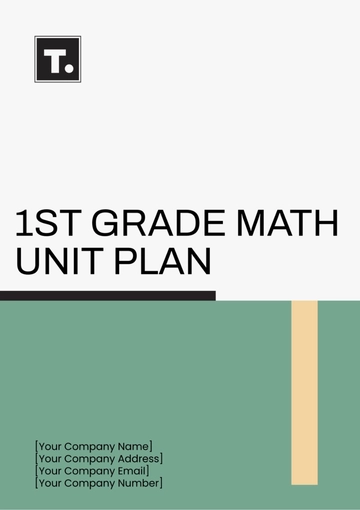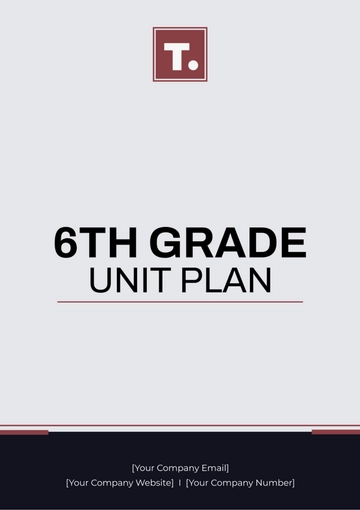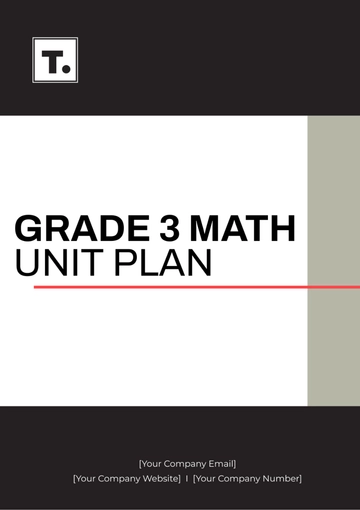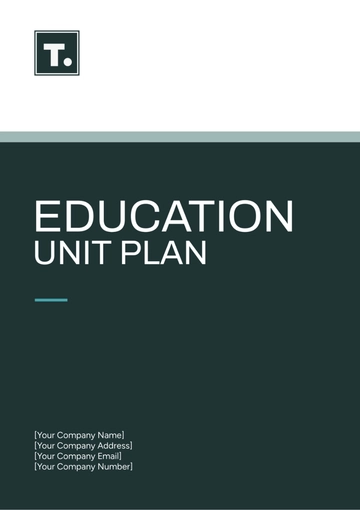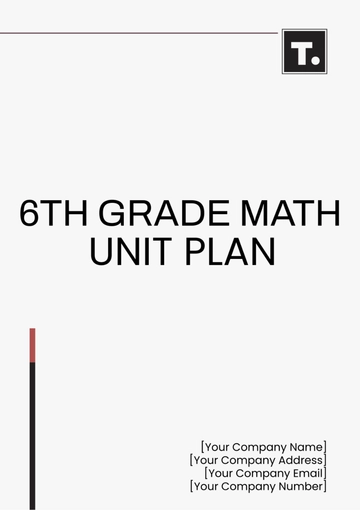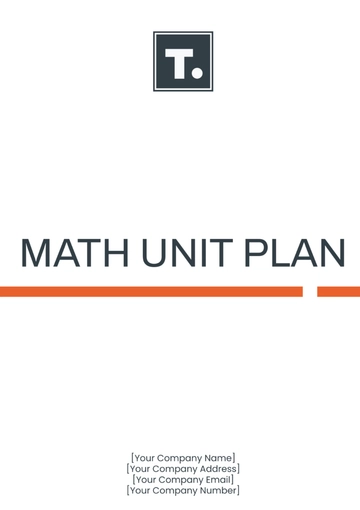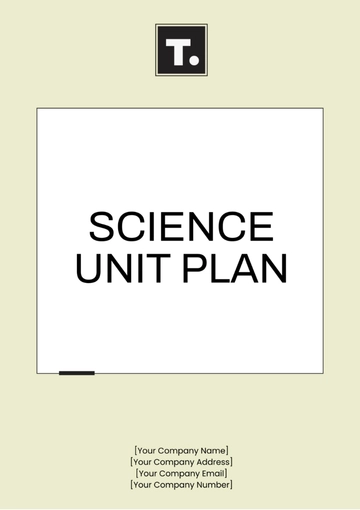Free First Grade Social Studies Unit Plan
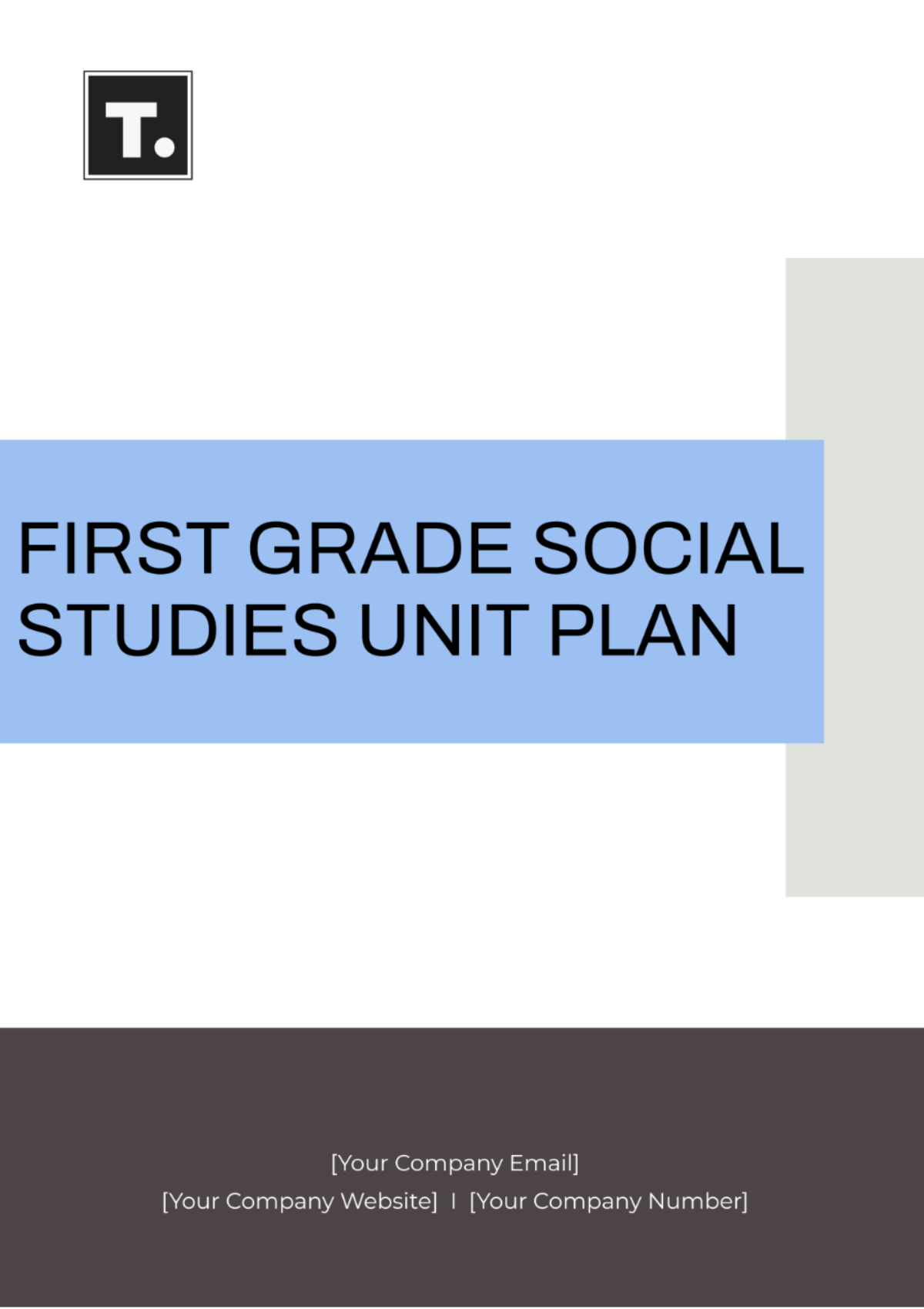
Prepared by: | [Your Name] |
Subject: | Social Studies |
Topic: | Community Helpers and Neighborhood |
Date: | [Date] |
I. Overview
This unit plan focuses on teaching first-grade students about community helpers and neighborhoods. It includes activities, assessments, and resources to engage students in understanding the roles of various community members and the importance of their local area. The unit aims to meet the state and national social studies standards for first grade.
II. Unit Objectives
Identifying Community Helpers: Students will learn to recognize and name different community helpers such as firefighters, police officers, doctors, and teachers. They will understand the roles these helpers play in their community.
Understanding the Concept of a Neighborhood: Students will grasp the idea of a neighborhood as a local community where people live, work, and interact. They will recognize various places within their neighborhood, such as homes, schools, parks, and stores, and understand their significance.
Demonstrating the Contribution of Community Helpers: Students will explore how community helpers contribute to the well-being and functioning of their neighborhood. They will learn about the services provided by different helpers and how these services help maintain safety, health, and order in the community.
Using Maps to Identify Key Locations: Students will develop basic map-reading skills to identify and locate key places in their community. They will learn to interpret symbols, legends, and directions on a map to find important locations such as their school, library, or park.
III. Alignment with Standards
This unit aligns with the following standards:
Standard | Description |
|---|---|
Standard 1 | Understand the roles of community workers: Students learn about various helpers and their contributions. |
Standard 2 | Use maps to identify local features: Students develop map-reading skills to locate places in their community. |
Standard 3 | Demonstrate community collaboration: Students explore teamwork and problem-solving in communities. |
IV. Detailed Lesson Plans
Embedded below are the core lessons of the Unit Plan:
Lesson Number | Lesson Title | Objective | Activities | Assessment |
|---|---|---|---|---|
1 | Introduction to Community Helpers | Identify and describe various community helpers. |
| Class participation and worksheet |
2 | Mapping Our Neighborhood | Use maps to identify key places in the neighborhood. |
| Map-making exercise |
3 | How Helpers Make a Difference | Understand and explain the importance of community helpers. |
| Group presentations |
V. Assessment Plan
Daily observation and participation: Teachers will assess students' understanding and engagement through daily observations and their participation in class activities and discussions.
Worksheets and map activities: Students will complete worksheets and map-related activities to demonstrate their comprehension of key concepts, such as identifying community helpers and local landmarks.
Group presentations: Students will work collaboratively in groups to prepare and deliver presentations on specific topics related to community helpers or neighborhood characteristics.
Final project: Create a poster about a community helper: Students will independently create a poster highlighting the role and importance of a chosen community helper, demonstrating their understanding through visual and written elements.
VI. Materials
Books
"Helpers in My Community" by Bobbie Kalman: Introduces students to community helpers and their roles through engaging illustrations and simple language.
"Who Are the People in Your Neighborhood?" by Norman Bridwell: Explores neighborhood individuals, including community helpers like firefighters and police officers, reinforcing community and teamwork concepts.
Map templates: Frameworks for creating and interpreting neighborhood maps, aiding students in identifying key locations.
Art supplies: Tools like markers, crayons, and paper for students to visually represent their understanding of community helpers through poster creation.
Picture cards: Visual aids featuring community helpers' images, facilitating recognition and discussions about their roles and responsibilities.
VII. Differentiation Strategies
To effectively engage learners from diverse backgrounds, a variety of strategies will be implemented, which include the following:
Visual aids: Use of pictures and maps to support visual learners in understanding concepts.
Hands-on activities: Engage kinesthetic learners through interactive role-playing and map-making exercises.
Group work: Promote collaboration among students, fostering social interaction and shared learning experiences.
Scaffolded instructions: Provide step-by-step guidance for students requiring additional support, ensuring accessibility to all learners.
Enrichment activities: Offer advanced learners opportunities for deeper exploration and extension of concepts, challenging them to further develop their understanding.
VIII. Reflection and Improvement
Upon the completion of this instructional unit, teachers will engage in a reflective process to assess the effectiveness of both the lessons and the assessments that were administered. They will collect feedback from students concerning their learning experiences and this input will be used to inform and guide adjustments and improvements in the instructional practices and materials for future teaching sessions.
- 100% Customizable, free editor
- Access 1 Million+ Templates, photo’s & graphics
- Download or share as a template
- Click and replace photos, graphics, text, backgrounds
- Resize, crop, AI write & more
- Access advanced editor
Introduce young learners to social studies seamlessly with Template.net's First Grade Social Studies Unit Plan Template. Tailored for elementary educators, this customizable and editable template simplifies the creation of engaging and age-appropriate lesson plans. Utilize our Ai Editor Tool to effortlessly modify the template, ensuring it meets the unique needs and interests of your first graders.
You may also like
- Finance Plan
- Construction Plan
- Sales Plan
- Development Plan
- Career Plan
- Budget Plan
- HR Plan
- Education Plan
- Transition Plan
- Work Plan
- Training Plan
- Communication Plan
- Operation Plan
- Health And Safety Plan
- Strategy Plan
- Professional Development Plan
- Advertising Plan
- Risk Management Plan
- Restaurant Plan
- School Plan
- Nursing Home Patient Care Plan
- Nursing Care Plan
- Plan Event
- Startup Plan
- Social Media Plan
- Staffing Plan
- Annual Plan
- Content Plan
- Payment Plan
- Implementation Plan
- Hotel Plan
- Workout Plan
- Accounting Plan
- Campaign Plan
- Essay Plan
- 30 60 90 Day Plan
- Research Plan
- Recruitment Plan
- 90 Day Plan
- Quarterly Plan
- Emergency Plan
- 5 Year Plan
- Gym Plan
- Personal Plan
- IT and Software Plan
- Treatment Plan
- Real Estate Plan
- Law Firm Plan
- Healthcare Plan
- Improvement Plan
- Media Plan
- 5 Year Business Plan
- Learning Plan
- Marketing Campaign Plan
- Travel Agency Plan
- Cleaning Services Plan
- Interior Design Plan
- Performance Plan
- PR Plan
- Birth Plan
- Life Plan
- SEO Plan
- Disaster Recovery Plan
- Continuity Plan
- Launch Plan
- Legal Plan
- Behavior Plan
- Performance Improvement Plan
- Salon Plan
- Security Plan
- Security Management Plan
- Employee Development Plan
- Quality Plan
- Service Improvement Plan
- Growth Plan
- Incident Response Plan
- Basketball Plan
- Emergency Action Plan
- Product Launch Plan
- Spa Plan
- Employee Training Plan
- Data Analysis Plan
- Employee Action Plan
- Territory Plan
- Audit Plan
- Classroom Plan
- Activity Plan
- Parenting Plan
- Care Plan
- Project Execution Plan
- Exercise Plan
- Internship Plan
- Software Development Plan
- Continuous Improvement Plan
- Leave Plan
- 90 Day Sales Plan
- Advertising Agency Plan
- Employee Transition Plan
- Smart Action Plan
- Workplace Safety Plan
- Behavior Change Plan
- Contingency Plan
- Continuity of Operations Plan
- Health Plan
- Quality Control Plan
- Self Plan
- Sports Development Plan
- Change Management Plan
- Ecommerce Plan
- Personal Financial Plan
- Process Improvement Plan
- 30-60-90 Day Sales Plan
- Crisis Management Plan
- Engagement Plan
- Execution Plan
- Pandemic Plan
- Quality Assurance Plan
- Service Continuity Plan
- Agile Project Plan
- Fundraising Plan
- Job Transition Plan
- Asset Maintenance Plan
- Maintenance Plan
- Software Test Plan
- Staff Training and Development Plan
- 3 Year Plan
- Brand Activation Plan
- Release Plan
- Resource Plan
- Risk Mitigation Plan
- Teacher Plan
- 30 60 90 Day Plan for New Manager
- Food Safety Plan
- Food Truck Plan
- Hiring Plan
- Quality Management Plan
- Wellness Plan
- Behavior Intervention Plan
- Bonus Plan
- Investment Plan
- Maternity Leave Plan
- Pandemic Response Plan
- Succession Planning
- Coaching Plan
- Configuration Management Plan
- Remote Work Plan
- Self Care Plan
- Teaching Plan
- 100-Day Plan
- HACCP Plan
- Student Plan
- Sustainability Plan
- 30 60 90 Day Plan for Interview
- Access Plan
- Site Specific Safety Plan
